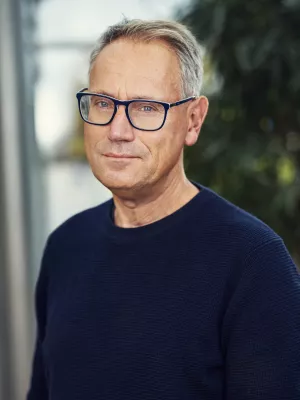
Ola Thufvesson
Universitetslektor

Mediatization of terror attacks and city brand image: A study of the Stockholm attack and the ’Last Night in Sweden’ event
Författare
Summary, in English
Previous research demonstrates that fear is socially constructed and amplified by mass media (Avraham and Ketter, 2008) and social media (Doosti et al., 2016; Jansson, 2018). The realm of media has become more complex in an era characterised as posttruth in which ”objective facts are less influential in shaping public opinion than appeals to emotion and personal belief” (Oxford Dictionaries, 2016).
The research aim in this paper is to examine the mechanisms of how terror attacks in urban environments are mediatized and the consequences for city image. The paper analyses two instances of terror in two Swedish cities as media events (Couldry and Hepp, 2018). The first instance concern the deadly terror attack in Stockholm, 2017, whereas the second instance refer to Donald Trump’s statement of a false terror attack in Malmo. Lefebvre’s (2004) rhythmanalysis approach is adopted to investigate rhythms of Twitter and online news flows. The study demonstrates that the mediatization of the rumored attack in Malmo had greater impact on city image than the actual one. At the time of the event, Malmo city suffered from a negative image, which made the city vulnerable to extremist and populist media narratives. The celebrity status of
Trump and circulation of exaggerated news about Sweden also created much negative publicity and attention. The ambiguity around what had happened open up a
space in which fantasies and conspiracy theories could grow. Real and imaginary elements were woven together in an almost phantasmal way. By contrast, in the Stockholm case there was no ambiguity with regards to the attack and the image of the city was relatively quickly restored.
Avdelning/ar
- Institutionen för strategisk kommunikation
- Institutionen för tjänstevetenskap
Publiceringsår
2018-12-07
Språk
Engelska
Dokumenttyp
Konferensbidrag: abstract
Ämne
- Social Sciences
Nyckelord
- place branding
- mediatization
- city image
- narrative
- rhythm
- terror attack
Conference name
The 3rd Annual Conference of the International Place Branding Association
Conference date
2018-12-05 - 2018-12-07
Conference place
Macau, China
Status
Published
Projekt
- The geography of fear: the tourist destination in the shadow of conceptions of terror

